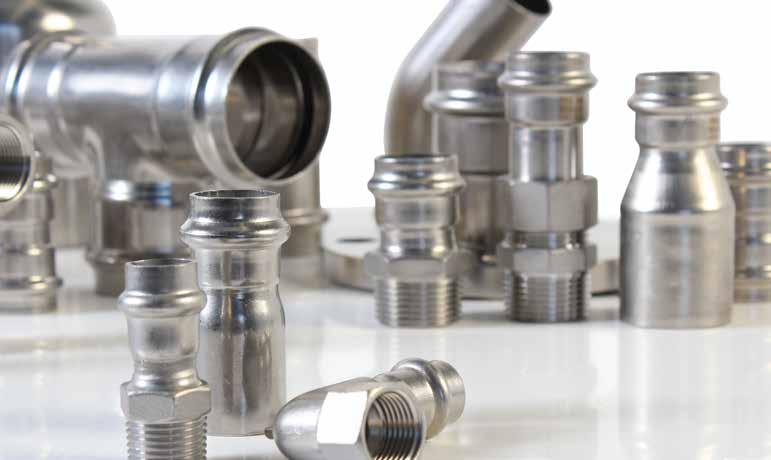Business smarts EMPLOYER PERSPECTIVES
To get a better understanding of who needs to be on our bus, I put together a ‘maturity plan’. In other words, a picture of what our business would look like when it reached its success point. What profit would we be making, what would our annual sales need to be to make that profit, how many and what type of jobs would we need to be doing to reach those sales, and what resources would we need to achieve all that.
Filling the key seats
STEERING THE BUS
Is your bus filled with all the right people and going in the right direction? Sam Tyson shares her view from the driving seat.
A
t Climate & Plumbing, our No.1 goal is to maintain our company culture and values. We want to be around for 100+ years and how we do that is by being a valuesdriven organisation. Our people and our values will always come first over profit. Our No.2 goal is to make a damn good profit. We use all our skills, experience and care to make a damn good profit; enabling us to take good care of our people and our community. However, we will never go for profit at the expense of our people and/or our values. We will always leave a dollar on the table before we sacrifice either of these. We have a rule that sits alongside these goals—our 51:49 rule. As an organisation, our decisions and actions are based 51% on our people and values, and 49% on profit.
068
nzplumber
Journey to success With our people being the foundation of our business, my role as the leader must be making sure I have the right people sitting on the bus in the right seats, and that we are all going in the right direction. Once I have that right, and when I take good care of our people, they will take good care of our customers, who in turn, return and tell others, taking good care of our business.
If the person sitting in that seat was not doing a good enough job, would it cause damage to the business? SAM TYSON Managing Director, Climate & Plumbing
This led me to creating a team structure and looking at the key roles the business needs going forward. You can determine the key roles by asking, “If the person sitting in that seat was not doing a good enough job, would it cause damage to the business?” A typical key role for a plumbing business such as ours is an operations manager. If that person were not doing a good enough job, we would soon be losing customers and staff, and our profit would take a dive. Once you have established your key roles and you have people sitting in them, your constant number one metric needs to be: what percentage of key seats on the bus are filled with the right people for those seats? Is it 50%, 80% or 100%? If your bus is not at 100% because you don’t have people in the right seats, you need to determine whether you can develop them or do you replace them. Questions to ask yourself when faced with the ‘develop or replace’ dilemma: Are you beginning to lose people by keeping this person? Is it a values problem, a willingness problem or a skills problem? Has your confidence in that person gone up or down in the last six months? Are they on the wrong bus, or simply in the wrong seat? How would you feel if that person quit? Our bus is not at 100% because, from my maturity plan, we have some empty seats. I am looking forward to finding the right people to come on board.
About the author: Sam Tyson has been Managing Director of Climate & Plumbing since 2010. She is an active member in the industry and, with a background in strategic business development, shares the knowledge and experience gained from her award-winning business to help others obtain better results in their businesses.




















